Grand National 2025: Everything you need to know
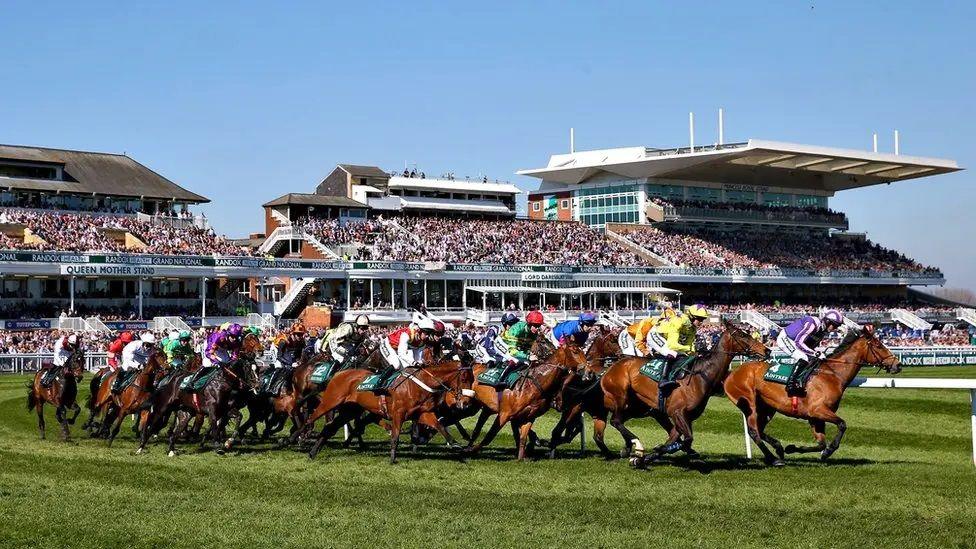
- Published
The Grand National is one of the most famous and unpredictable horse races in the world - and this year it takes place on Saturday 5 April.
It's a hugely popular event and about 800 million people around the world watch it on TV.
Lots of people follow it at home, and you and your family might even pick your own favourite horse - often based on its name and colours.
The race is part of a three-day race meeting held in Liverpool, with more than 150,000 people attending.
Read our guide to find everything you need to know about the Grand National...
- Published5 July 2019
- Published15 June 2021
- Published5 January
When did the Grand National begin?
Aintree Racecourse, in Merseyside, has been the home of the famous Grand National since its first running in 1839.
A version of the race took place before this, but 1839 is accepted as the official start of the race as we know it today.
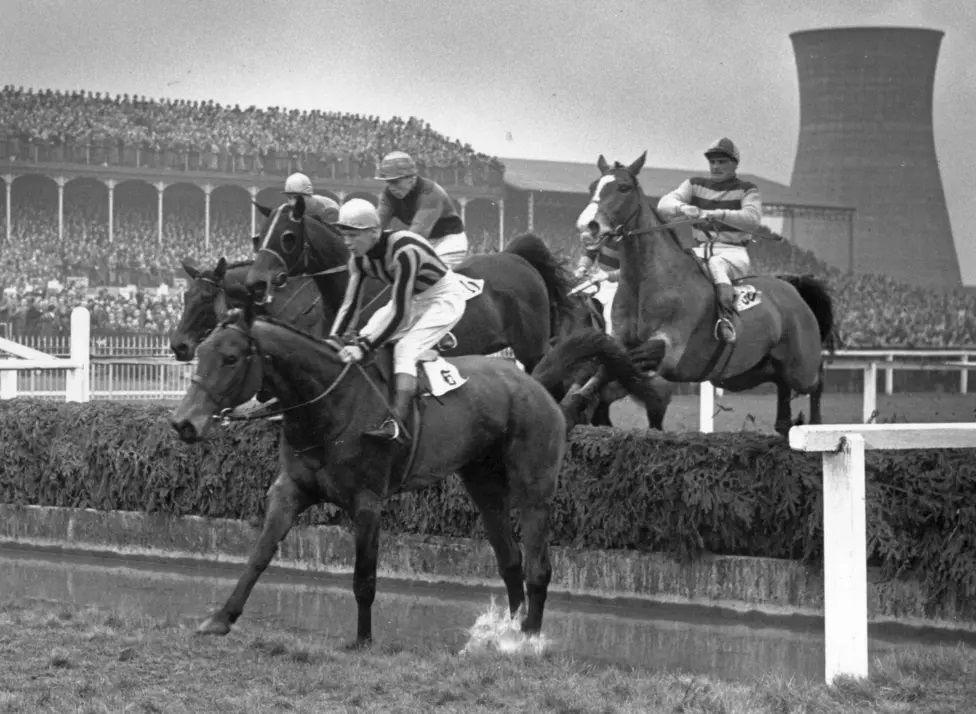
In this photo, riders are taking on the famous Water Jump back in 1954
The race has changed a lot since it began.
The courses and fences have been tweaked over the years - not least to make them safer for the horses and jockeys. The starting line has also moved further away from the main stand to help the horses remain calmer at the beginning.
But throughout the years, it has always been one of the biggest jump races for horses and riders in the world - and it is currently the longest race in the UK.
Where is the Grand National held?
The Grand National is held at Aintree Racecourse in Merseyside.
During the three-day event, more than 20 different races will take place.
In the biggest race - the Grand National - horses have to complete two laps of the course, covering four-and-a-half miles and jumping 30 fences.
How many fences are there in the Grand National?
There are 16 different jumps, known as fences, on the National Course.
All 16 are jumped during the first lap but on the second lap of the circuit the horses only jump 14 of them - so that makes 30 fences in total for the race.
The fences are made from branches of spruce and it takes Aintree staff three weeks to build them.
The fences are different widths and heights, and some of them have different names.
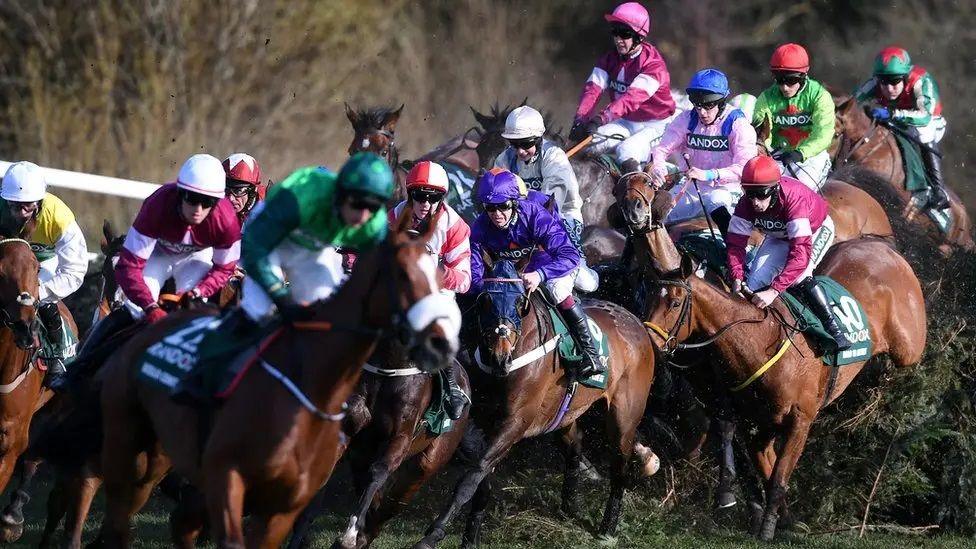
Horses and riders jump Canal Turn during the 2018 Grand National at Aintree Racecourse
One of the most famous fences is called The Chair, which is the tallest on the course, now standing at five foot two inches.
The ground on the landing side is higher than the side the horses take off from, and there's also a six-foot ditch that horses have to jump over before the fence.
Fortunately, The Chair is one of the two fences that riders only have to go over once, rather than twice like most of the others.
Canal Turn and Becher's Brook are two other extremely difficult fences.
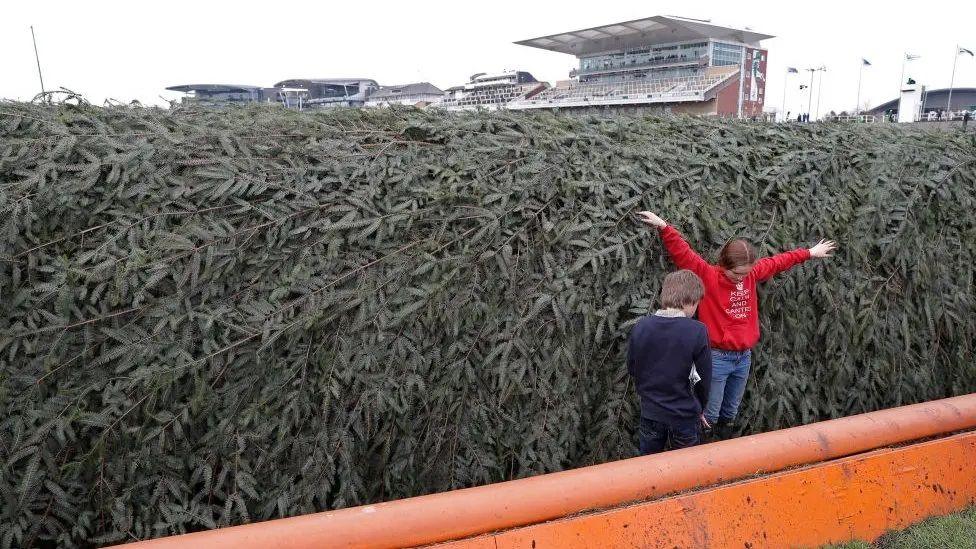
Children measure themselves against the fence The Chair at Aintree
Why is the Grand National controversial?
Campaigners and animal rights charities have often complained that the Grand National isn't safe for the horses involved and that the race is too dangerous.
2023's National was delayed by 14 minutes after protesters from the Animal Rising group entered the track.
The group said its actions had started a national conversation about racehorse welfare.
Three horses died at the Grand National after being injured during the race in 2023.
For the last 30 years, the RSPCA has been involved with discussions, research and reviews that have helped change racing there.
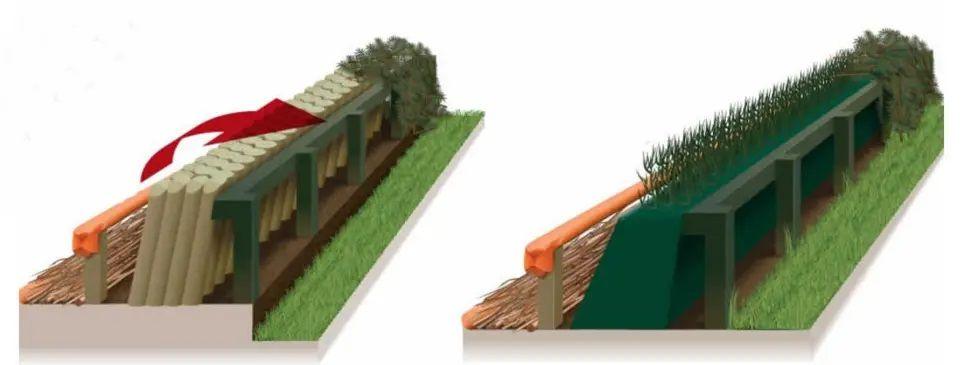
Softer plastic centres were added to fences to make them safer
Organisers of the race have made the fences lower and drops shorter to reduce the danger of the race.
For instance, the first fence at Aintree's Grand National has been widened, so the horses are less likely to bunch together and fall in the rush to get ahead.
Fences used to have deep drops immediately afterward so the horse landed on a surface lower than where they took off. Many of those have been removed, reducing the risk of horses falling, although Becher's Brook still has a deep drop.
Since 2013, fences have also had softer plastic centres to make them safer.
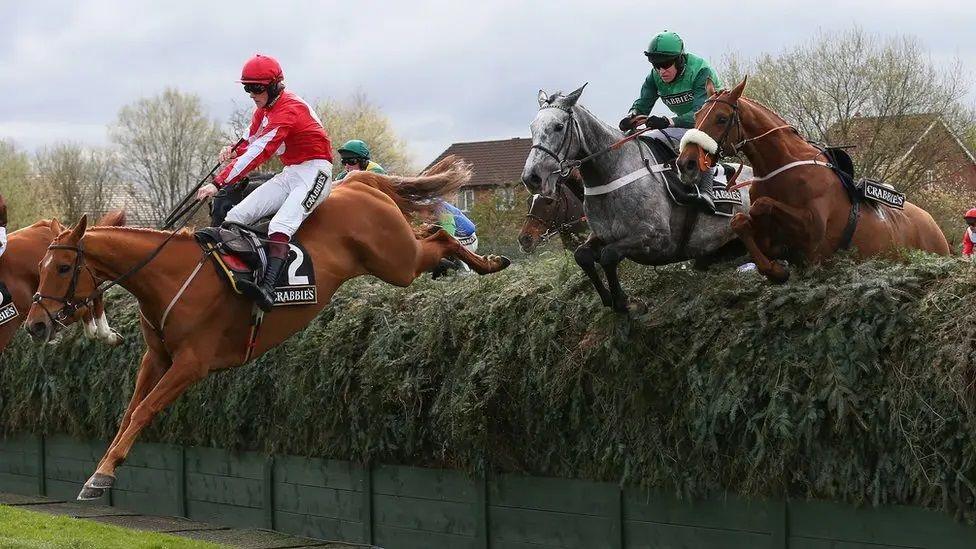
At Becher's Brook, the landing side of the fence is 10 inches lower than the take-off side
In 2024 a new rule was introduced at the National, reduced the maximum of 40 runners to 34 as part of more measures designed to improve safety.
After a long dry spell of weather, organisers have been watering the ground, to make it softer and safer for the horses.
Who are famous winners of the Grand National?
A horse called Red Rum is the only horse to have won the Grand National three times - in 1973, 1974 and 1977. He also came second in 1975 and 1976.
Red Rum died in 1995 at the age of 30 and was buried near the winning post at Aintree.
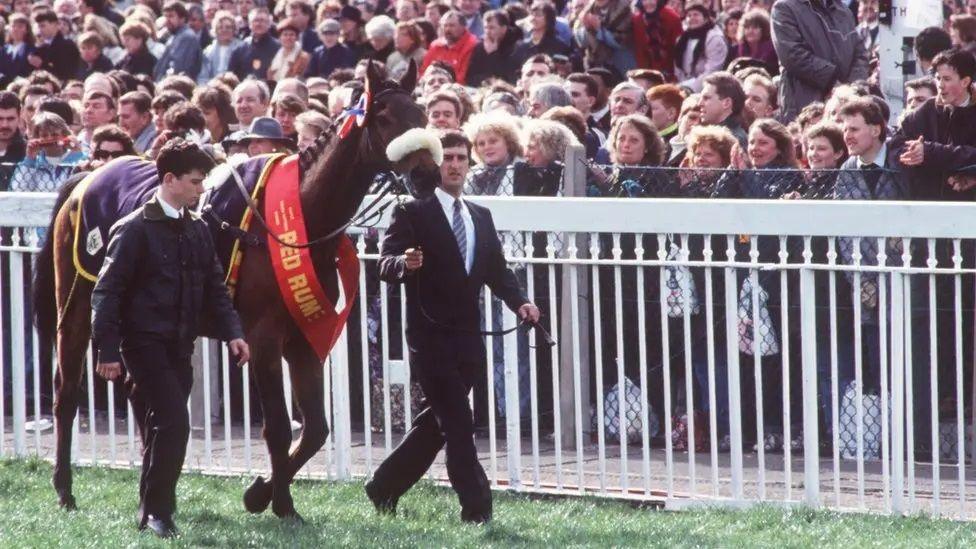
Here is Red Rum being led past spectators in 1992
In 1993, no one won because there was a false start - some riders didn't realise and carried on so the race had to be cancelled.
George Stevens is the most successful jockey in Grand National history.
He won the Grand National five times, but given that his final victory came back in 1870, you probably weren't around to remember this.
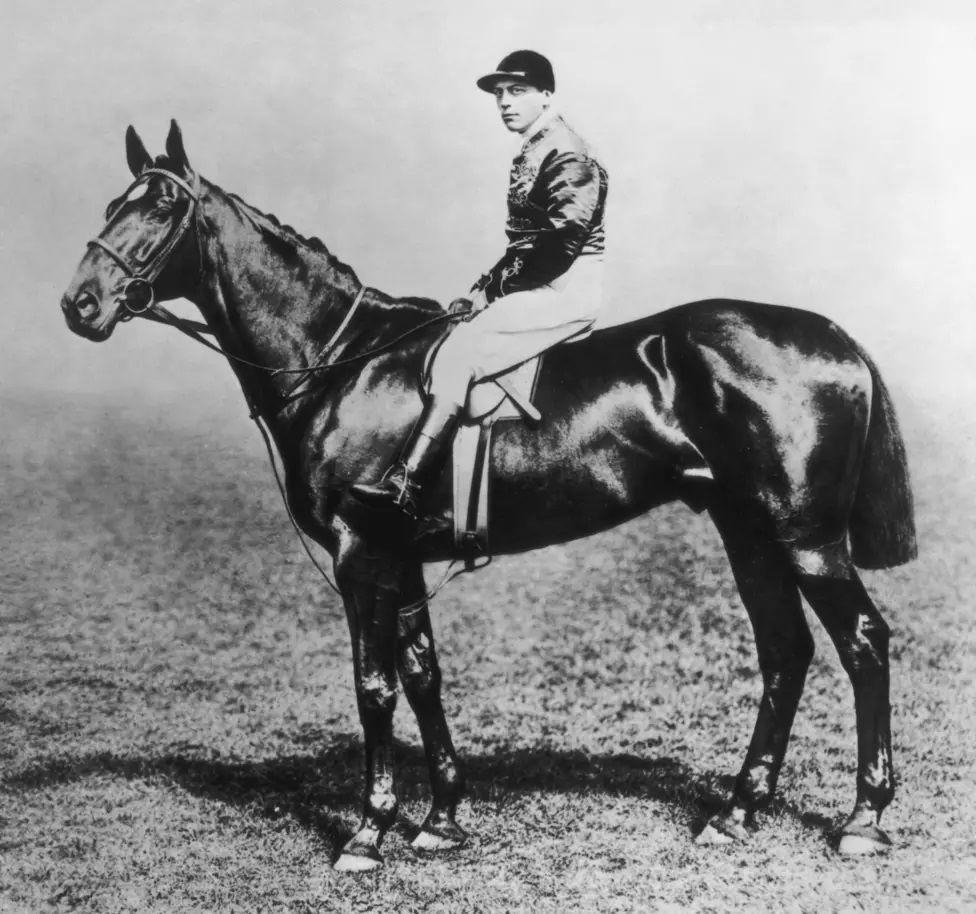
Ambush II, who won in 1900, was owned by Prince Edward VII who became King of England less than a year later
The fastest time ever the course has ever been completed in was by Mr Frisk in 1990, who covered the four miles and 514 yards of the race in just 8 mins 47.8 secs.
Rachael Blackmore became the first female jockey to win the National in 2021 with Minella Times.
She came in third last year, on Minella Indo, and races on the same horse again this year.
Last year's race was won by I Am Maximus, ridden by jockey Paul Townend.
Paul and I Am Maximus will be racing again in this year.
We all love a bit of trivia, so did you know...?
• Queen Victoria's son Edward actually owned the 1900 winner Ambush II. Less than a year later, he became Edward VII, King of England.
• The oldest horse to win the race was Peter Simple. He was 15 years old and won in 1853.
• Five horses have won the race aged only five years old.
• The oldest winning jockey was Dick Saunders in 1982, aged 48.
• Jockey Bruce Hobbs had just turned 17 three months before the Grand National when he won in 1938, making him the youngest ever winner.
